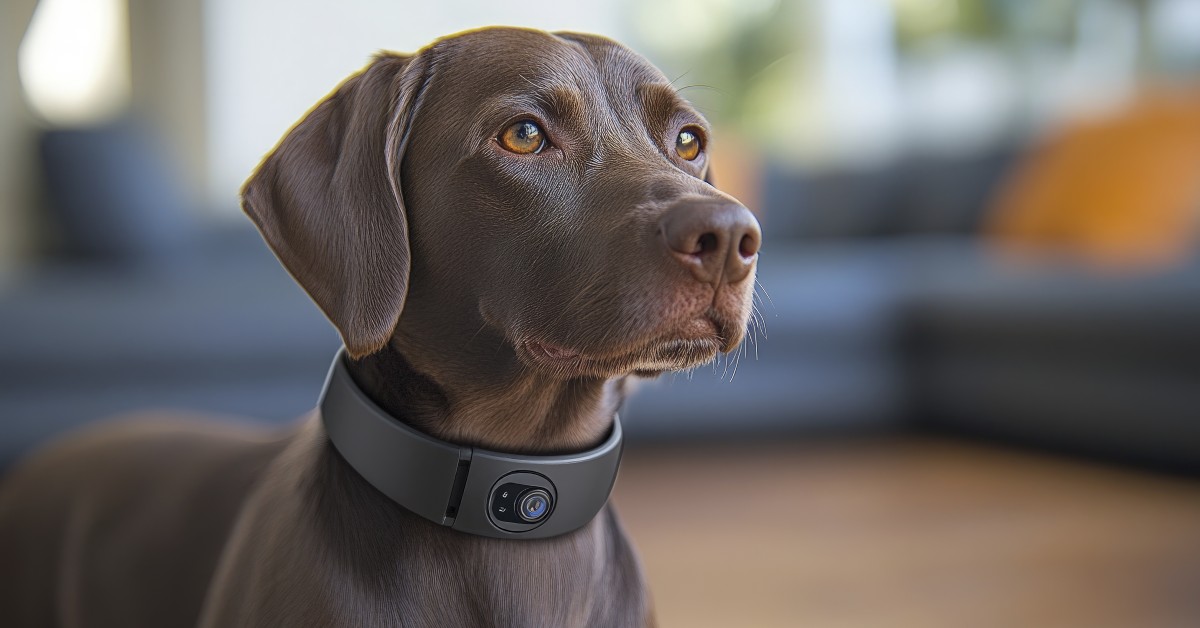Ask Dr. Jenn: How Can I Tell if My Dog is Deaf?
I suspect my dog is deaf. How can I determine this?

The best test to confirm deafness in a dog is the BAER test. BAER stands for Brainstem Auditory Evoked Response. Electrodes are placed on the pet’s head and a series of clicks are played into each ear. The electrodes measure the response to the noise. This test confirms deafness and also determines if the deafness is from an issue in the brain or in the ear.
The BAER test requires special equipment and is performed by a veterinary neurologist. Your veterinarian can help you find a specialist in your region.
If taking your dog to a veterinary neurologist at a specialty hospital is not feasible, you can do your own test at home. It is not as accurate or scientific as the BAER test, but it can be performed by anyone. When your dog is facing the other direction, stand behind him and make a loud noise. Clapping or saying their name loudly often works. You want to make sure the noise does not create any vibrations that the pet can feel and that he can’t see what you are doing. If you do this multiple times and the dog doesn’t react, he is likely deaf.
But what causes deafness in dogs? Deafness is divided into two categories: congenital and acquired.
Congenital Deafness in Dogs
Congenital means the condition has been present since birth. Puppies’ ear canals do not open until they are 10-14 days old. The hearing mechanisms continue to develop for another four to six weeks, so the puppy may be eight weeks old before you even suspect there is a hearing problem. The BAER test can start to detect hearing deficits around five weeks of age.
Genetics is the most common cause of congenital deafness. The gene for deafness is much more common in dogs who have a mainly white or merle haircoat and blue eyes. It may not seem logical that a dog’s hair and eye color is associated with deafness. But melanocytes, cells that produce pigment, also have an important role in maintaining the health of the inner ear. These lighter coated dogs do not have as many functioning melanocytes.
Breeds that may have a genetic defect not associated with coat color include the Australian Cattle Dog, Dalmatian, and English Setter. Dobermans also carry a gene for deafness that develops later, around six years of age.
Some medications can be harmful to the inner ear if given at a high dose. Puppies may be born deaf if their mother was given one of these medications while pregnant. Other causes of deafness during development include low oxygen levels in the blood, trauma, or bacterial infections.
A deaf puppy is often louder than his littermates. He may play more aggressively than the other puppies because he doesn’t hear the cries from the other pups when playing too rough. He may be a heavy sleeper – always the last one in the litter to wake up. He will struggle with training and learning his name. These signs are subtle and are often missed initially.
Acquired Deafness in Dogs
Acquired deafness is much more common. But the deafness is often gradual in onset and may be difficult to see right away.
There are many potential causes of deafness in older dogs. Recurrent ear infections can cause enough inflammation to close the ear canal so sound cannot get through. Middle and inner ear infections can damage the inner portions of the ear leading to deafness. Ear polyps and other tumors growing in the ears can also cause loss of hearing.
Recurrent exposure to loud noises can also cause deafness. This is most often seen in older hunting dogs that have been around gun shots their entire lives.
A ruptured ear drum and some topical ear medications can also lead to deafness. In these cases, the deafness is often reversible. Hearing may come back after the ear drum heals or shortly after the offending medication has been discontinued.
By far, the most common cause of deafness is age-related hearing loss. The medical term for this is Presbycusis and is caused by the breakdown of the hair cells within the inner ear or degeneration of the nerve fibers that pass the signal to the brain.
A dog with acquired deafness may be easier to identify. He no longer comes when called. He doesn’t hear you come in the house and great you at the door. He may be difficult to rouse from sleep. He may startle if you start to pet him when he can’t see you.
If you suspect your dog is deaf, tell your family veterinarian. Although we probably don’t have the equipment to do the BAER test, we can look for treatable underlying causes. We may find an ear infection, narrowed ear canal, an ear polyp, or ruptured ear drum. We may be able to help resolve some of these medical issues.
If the cause of deafness is not reversible, your dog can still live a long and happy life. Most dogs will respond to hand signals and adapt quite well to their silent world.
Ready to start saving money on pet wellness care?
Then take a look at Mint Wellness, the pet wellness plan that provides fast reimbursement on routine pet care. Save on vaccinations, wellness exams, preventatives, dental, and more!
Learn More


